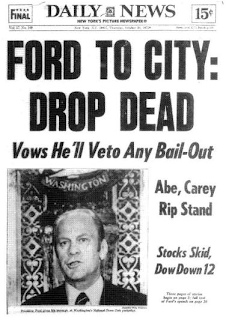I've talked about this before, and I basically came up with, "Eh, we're poisoning ourselves anyway." So now the Canadian government is taking steps to ban BPA.
The public and industry will have 60 days to comment on the designation once it is released, setting into motion a two-year process that could lead to a partial or complete ban on food-related uses of plastics made using B.P.A.This is the sort of thing that takes time; there are plenty of industry groups that are going to want to talk the Canadian government's ear off. But ultimately, the health of the people and the environment will hopefully win out.
Jack Bend, a professor of pathology at the University of Western Ontario in London and one of the Canadian government’s outside scientific advisers, declined to comment on what action Health Canada would take. But he said he was concerned about the widespread use of B.P.A.We seem to be quite good at letting one part of science get far ahead of other parts. We make chemicals and integrated them into our lives before we have even scratched the surface of how the chemicals will effect our bodies or other living things. Rachel Carson's Silent Spring really got us moving on looking closer at the environmental impacts of the chemicals we put out there. But the closer we look, the worse it seems to get. Dioxins in Vietnam, PCB's in polar bears, endocrine disruptors in hermaphroditic fish and on and on and on.
“The first thing is that it’s an endocrine disrupter, there’s no question about that,” Professor Bend said, referring to the chemical’s impact on the hormonal system. “Should people that are exposed to these low levels of this chemical be outrageously concerned? I’d err on the side of not creating panic. We simply don’t know. But we should find out.”
Maybe I'll use my liter Nalgene to hold knitting needles. Oh, and I like that the NYT used the same picture in both articles.
UPDATE: Nalgene has decided to drop BPA containing plastics from their production line. They didn't go so far as to say that BPA was dangerous, but said that consumers would prefer plastics without BPA. NYT notes that the canning industry says that there is no replacement for their use of BPA. I don't buy that for a second.


